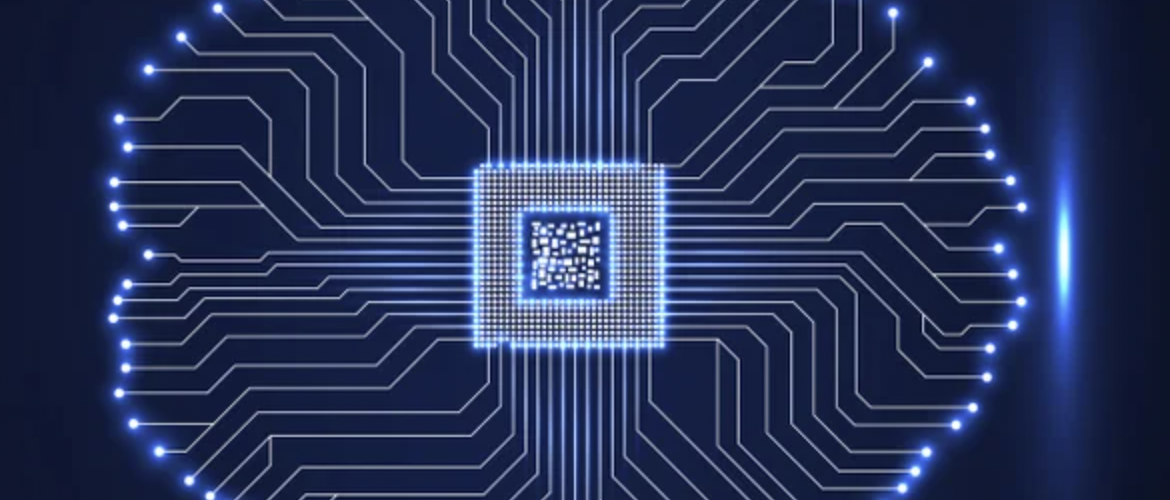AI Generates Hypotheses Human Scientists Have Not Thought Of
Creating hypotheses has long been a purely human domain. Now, though, scientists are beginning to ask machine learning to produce original insights. They are designing neural networks (a type of machine-learning setup with a structure inspired by the human brain) that suggest new hypotheses based on patterns the networks find in data instead of relying on human assumptions. Many fields may soon turn to the muse of machine learning in an attempt to speed up the scientific process and reduce human biases.
长期以来,创造假说一直是纯人类的领域。然而,现在科学家们开始让机器学习产生原创的见解。他们正在设计神经网络(一种受人脑启发的机器学习设置),根据网络在数据中找到的模式,而不是依赖于人类的假设,提出新的假设。许多领域可能很快就会转向机器学习,试图加快科学进程,减少人类偏见。
In the case of new battery materials, scientists pursuing such tasks have typically relied on database search tools, modeling and their own intuition about chemicals to pick out useful compounds. Instead a team at the University of Liverpool in England used machine learning to streamline the creative process. The researchers developed a neural network that ranked chemical combinations by how likely they were to result in a useful new material. Then the scientists used these rankings to guide their experiments in the laboratory. They identified four promising candidates for battery materials without having to test everything on their list, saving them months of trial and error.
在新电池材料的研究中,科学家们通常依靠数据库搜索工具、建模和他们自己对化学物质的直觉来挑选有用的化合物。相反,英国利物浦大学的一个团队使用机器学习来简化创造过程。研究人员开发了一种神经网络,根据化学组合产生有用新材料的可能性对它们进行排名。然后,科学家们利用这些排名来指导他们在实验室中的实验。他们确定了四种很有前途的电池材料,而无需测试清单上的所有材料,从而节省了数月的反复试验。
Read more at Scientific American
Scientific American将会给您带来更多信息。











